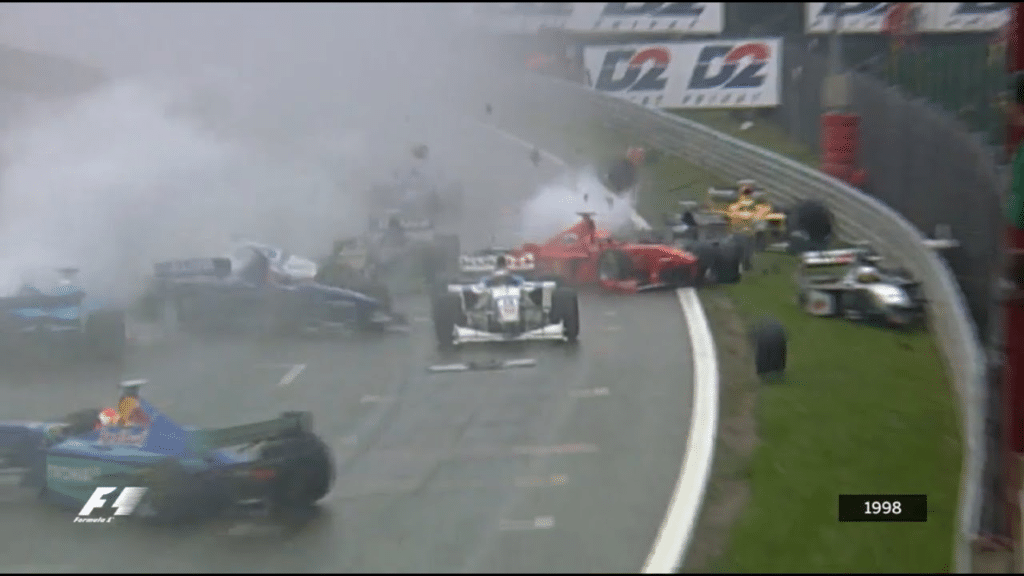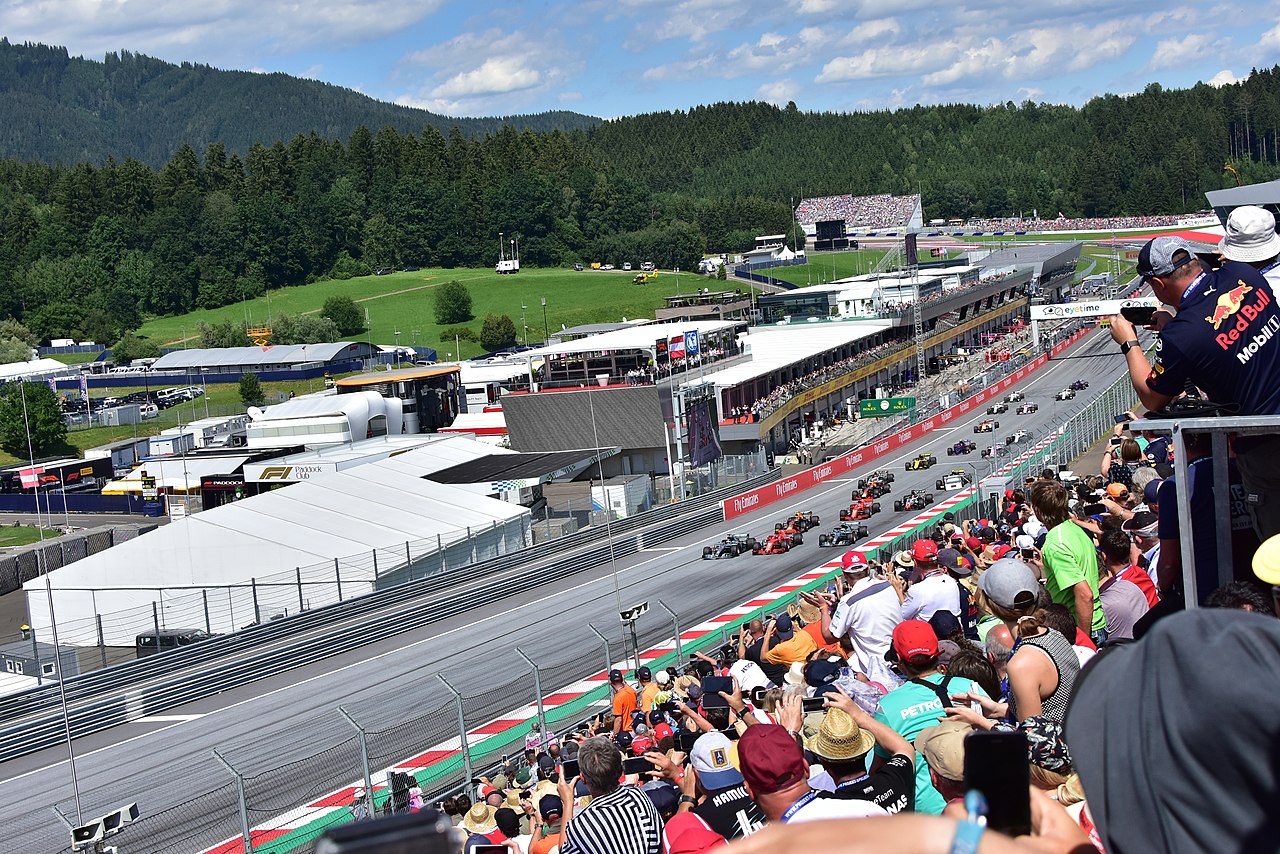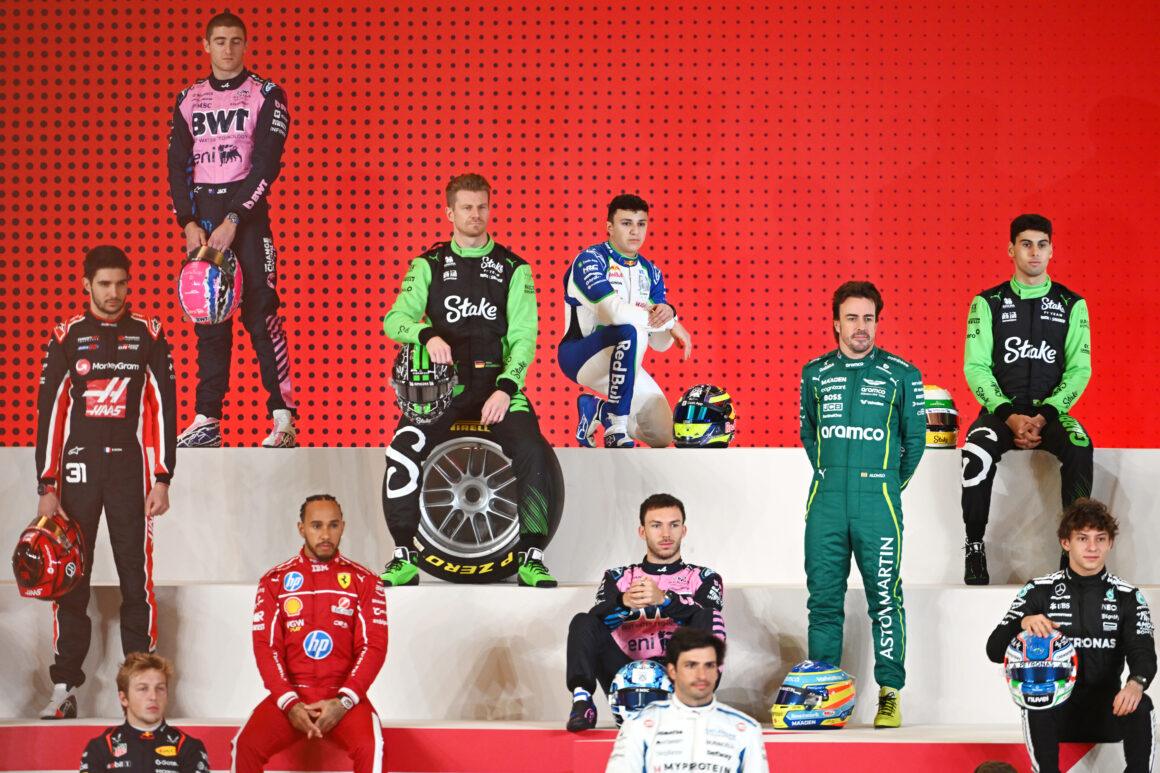The show doesn’t start at turn one. It starts when drivers roll out for the formation lap, checking brakes, clutch bite point, and tire temps like their lives depend on it. Because they do. The lap is a systems check and a last read on track conditions—grip, wind, and who’s about to mess up their launch.
Back on the grid, the choreography begins. Mechanics dive in for final tweaks, wheel guns off, tire blankets off, crews clear. Drivers sit in their qualifying order boxes, heart rates spiking. If anyone stalls or has an issue? The plot thickens like a team’s excuse list.
The Start Sequence: Step-by-Step, No Fluff
How the lights and procedures actually work
The race director arms the start light system. Five red lights illuminate in sequence. Engines scream. Nerves crack. When the lights go out, the race begins—no countdown. Blink and you’re lunch. Miss the clutch bite, and you’re collecting disappointments like they’re Pokemon cards.
In those first meters, drivers balance traction and torque. Too much wheelspin? Hello, wheelbarrow start. Too gentle? Enjoy being mugged by row three. It’s a pressure cooker—reaction time, clutch control, and pure judgment, all in under two seconds. Lights out and away we… oh wait, the pole-sitter already lost two spots.
The Race Director: The Quiet Puppet Master
The race director manages the entire launch protocol: grid clearance, light sequence, and responses to incidents. If something goes wrong—stalled car, jump start chaos, or oil on the grid—they can trigger a aborted start, send the Safety Car, or go full red flag. Calm authority. Or chaos control.
They also keep teams in line during the pre-start. That includes grid procedures, pit lane openings, and reformation if there’s a second formation lap. Somewhere, a PR manager just had a minor stroke when they heard “start procedure under investigation.”
Formation Lap: More Than a Warm-Up

What drivers and teams actually do
Drivers weave like maniacs to heat tires, stab the throttle to heat brakes, and test clutch bite points. This isn’t theater. Hot rubber equals traction off the line, hot brakes equal predictable stopping. Cold anything equals Turn 1 regret.
Grid slot arrival matters. Pole wants to crawl in last to keep tire temps, while rear rows try not to sit cooking for too long. If the back isn’t ready when the front is? Expect a second formation lap and a collective eye-roll from row one.
Jump Starts, Stalls, And Other Day-Ruiners
Jump start? The sensors are brutal. Move before lights out and you’ll earn a penalty—usually a drive-through or a time penalty. The only thing worse is pretending it didn’t happen while everyone replays the onboard. File this under: Yikes.
Stall on the grid and marshals will wave yellow. If it’s messy—car stuck, debris, or misaligned grid—it’s an aborted start and another formation lap. Great for tire temps, terrible for nerves. Somewhere, Grosjean is taking notes.
Why Some Starts Look Easy (They Aren’t)
Key factors that make or break the launch
Grip level, camber of the grid slots, and even the paint lines under the wheels matter. A sloped slot can be a gift or a curse. Add wind direction and humidity, and it’s a physics exam at 12,000 rpm.
Then there’s the human variable: reaction time. Launch maps and clutch paddles help, but the right thumb still needs to nail it. Some drivers make it look like a magic trick. Others? Back to karting school.

Wet Starts: When Weather Joins the Grid
Rain shows up like that friend who always causes drama at parties. If conditions are nasty, the start can be behind the Safety Car, with rolling start rules. No standing launch, less chaos—usually. Visibility becomes the villain.
Intermediate or full wets mean conservative throttle and careful line choice. But take Turn 1 bravely and cleanly? The competition? Reduced to expensive spectators.
Start Signatures: The Moves That Matter
Max pulls out the trademark late-brake squeeze—yes, the one that makes other drivers question their career choices. Hamilton activates hammer time off the line when the bite is perfect. Alonso? Classic late-braking and positioning that sends more rivals wide than a bad GPS.
And when in doubt, expect the ol’ Verstappen divebomb special into Turn 1—warranty void where prohibited. If it sticks, genius. If not, the stewards’ inbox catches fire.
Famous Starts You Should Know

Want icons? Try the 1993 European GP, where a certain legend went from seventh to first on lap one in mixed conditions. That was chess on ice. Or the 1998 Belgian pile-up—22 cars, zero patience, instant red flag. Legend and chaos in equal measure.
These moments prove it: starts aren’t luck. They’re controlled violence, executed with precision. Or not. And when it’s “or not,” grab your popcorn.
Common Start Scenarios and What They Mean
- Clean start: Five lights out, everyone moves. Stewards sip coffee, TV directors breathe.
- Aborted start: Stalled car, misaligned grid, or system fault. Extra formation lap, fuel burn rises.
- Safety Car start: Heavy rain, low visibility. Rolling start, tire temps cry.
- Red flag restart: Major incident. Grid reformed, strategies shredded, nerves frayed.
- Jump start penalty: Sensors catch movement. Drive-through or time penalty. File this under: Yikes.
Pro Tips: How Teams Game the First 300 Meters
Engineers prep launch maps, clutch bite settings, and tire pressures to suit the grid slot. They’ll advise which line into Turn 1 is on, based on wind and rubber. Drivers practice the clutch drop to death—because that muscle memory pays.
Spot the smart ones: minimal wheelspin, firm but clean squeeze to second gear, and eyes up for gaps. The brave carve. The timid get carved. Simple math.
The Bottom Line
An F1 start is controlled chaos wrapped in millisecond decisions. Get it right and you look untouchable. Get it wrong and you’re trending for all the wrong reasons. The start sequence doesn’t just begin the race—it sets the pecking order for everything that follows.
So next time the five lights appear, remember: this isn’t just drama. It’s the sport distilled. And if someone nails it? They didn’t just win the launch, they sent everyone else back to karting school.

